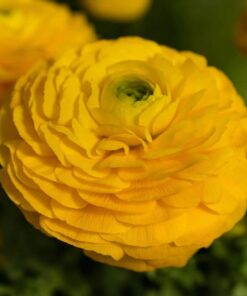Nargis bulbs or Narcissus Flower Bulb (Pack of 5) White with yellow
₹125.00
Out of stock
Email when stock available
Nargis bulbs How to grow
Nargis bulbs the best time to sow is September end or when the daytime temperature remains below 30C. They work well with a variety of other spring flowers, including wallflowers and primulas. Deadhead after flowering and let the foliage die down naturally, for the best display the following spring.
Nargis bulbs do best in full sun but will tolerate light shade. Plant them in moist but free-draining soil.
if want to grow in a pot, use 8-inch pots for 1 bulb.
And if planting in the garden give 8-inch spacing between them. Can try Nargis bulbs pack of 10 also
When to plant Nargis bulbs
The best time to plant daffodil bulbs is September to November. This gives the bulbs time to develop roots before temperatures drop, so they can put on new growth.
Make media porous by adding some cocopeat with soil. Kochia seeds can be a good companion
Nargis bulbs This doesn’t mean you can’t plant them at other times of year. many website sells bulbs all year but not recommended to buy them all year. Buying a discounted bag of daffodil bulbs and planting them in December is completely fine – just make sure the bulbs are firm and not showing signs of mold. You can plant daffodil bulbs as late as January. After planting, the bulbs may take longer to establish and flower, but they should catch up in years to come.
Nargis bulbs Most daffodil bulbs should be planted about 10cm deep, roughly twice the depth of the bulb itself (follow instructions given for individual varieties). In open ground, plant up to six daffodil bulbs together – any more than this and they will quickly become congested. In pots, you can plant as many bulbs together as you like, because the display will be less permanent, and you can replant the bulbs in the ground in one to two years’ time.
Be the first to review “Nargis bulbs or Narcissus Flower Bulb (Pack of 5) White with yellow” Cancel reply
You must be logged in to post a review.


















Reviews
There are no reviews yet.